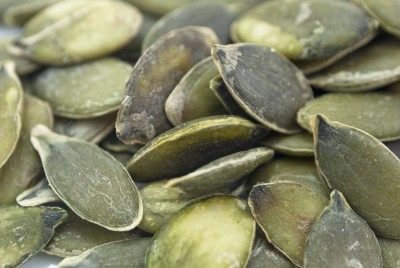
Chickpeas
Chickpeas – Nutritional Profile
Chickpeas are good all round food from the nutrition perspective. They are an especially good source of fibre. Two cups of chick peas contains the entire recommended daily allowance of fibre.
A single 160g serving provides the following percentages of recommended daily allowances; iron 26%, phosphorous 28% , copper 29%, manganese 85% all in a limited 268 calories.
There are two types of chickpeas. The darker, Kabuli type, have a particularly high concentration of antioxidant in the outer skin of the bean but despite this they tend to be less widely available in western shops.
Chickpeas also contain small but significant amounts of a variety of nutrients such as Vitamins C, E and B groups such as beta carotene.
Chick Peas – Health Benefits
Increased levels of satiation have been recorded when chick peas are included in the diet. In a recent study participants were found to consume less processed snack foods as appetites remained suppressed for longer after eating them. They also have relatively low calorific levels and so are considered useful when managing weight.
Surprisingly little consumption is required to see health benefits. One study, examining blood sugar showed that after only one week of eating one third of a cup of chickpeas blood sugar levels were falling and insulin production was better managed.
The digestive tract benefits from the fibre found in chickpeas. Two thirds of the fibre is insoluble and passes to end of digestive tract before being broken down into fatty acids that benefit the lining of the colon in particular. A recent study comparing groups receiving fibre from chick peas with groups receiving it from other sources found the chick pea group had better control over LDL cholesterol, the undesirable cholesterol, in their blood.
Antioxidants present in chickpeas are helpful in limiting the damage caused to cardiovascular systems as a result of the inflammation that oxidants can cause. Additional decreases in cardiovascular risk are due to improved cholesterol treatment by the colon when high fibre chickpeas are eaten. Decreased LDL cholesterol and increased levels of desirable HDL cholesterol facilitated by colloidal gels present in colon after eating fibre rich foods.
For diabetics there is great improvement in the management of blood sugar levels as the breakdown of foods is slowed down. Lower peaks of blood sugar are experienced after eating chickpeas and blood sugar levels remain lower for a longer period of time causing less damage to cardio vascular and kidney systems.
Chick Peas – Product History
Chick Peas are sometimes referred to as Garbanzo Beans and are one of the earliest cultivated foodstuffs. There is evidence that they have been grown in the Middle East for almost 7,500 years and during Bronze Age times in Mediterranean Europe. In Ancient Rome it is known that there were several types of chick peas available which shows how important they were as a food stuff.
The plant grows to be between 20 and 50cm tall and like all pulses they are produced in a seedpod. A single pod will reveal two or three chick peas. They need warm weather and up to 400ml rain to thrive and provide higher yield crops.
They are consumed in one of two ways. Either as whole beans after cooking or following grinding into flour called garam flour in Indian cuisine. They are often known as Garbanza Beans in locations such as the Philippines and the Americas.
India and Pakistan were the world’s leading producers in 2008 with 5,970,00 and 842,000 tonnes respectively.




